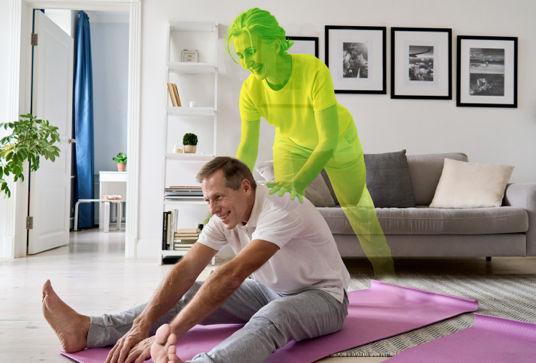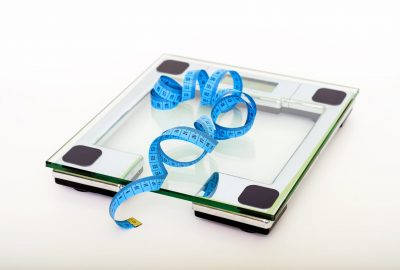Digital physical therapy has become much more prevalent as payers and providers have begun to recognize the unnecessary spend and inefficiency in the musculoskeletal care space. Digital motion tracking has enabled much of the growth of digital PT. However, with many different motion-tracking technologies, it can be difficult to understand your options. So, here are the 5 most important things you need to know about digital motion tracking for physical therapy and rehabilitation.
Before we get into the details, here are the high-level points you need to know:
- Computer Vision Trumps Hardware Sensors
- Granular Tracking with Over 100 Points is Key
- Real-Time Feedback may Boost Effectiveness
- You Cannot Ignore Privacy and Compliance
- You Should Try It Before You Buy It
Now, for the details:
1. Computer Vision Trumps Hardware Sensors
First of all, it is much more challenging to scale hardware than software. The logistics of making sure all patients have the hardware sensors they need is both costly and complicated. If patients do receive sensors, they are cumbersome to attach to the body, especially for those that need physical therapy most. And, even if they are placed properly, patients can generally only use sensors to track a few points on the body at the same time. Computer vision motion tracking, on the other hand, can track tens of points, or even over one hundred points, on the body simultaneously. Because it is strictly software, it does not require intensive set-up and is accessible from the devices in patients’ pockets. The most scalable computer vision motion tracking runs successfully on the many different devices that patients own.
2. Granular Tracking with Over 100 Points is Key

Motion tracking for healthcare, specifically for PT and rehab, requires precision. Precision is achieved in motion tracking by comprehensively tracking a sufficient number of points on the body. Generally, providers and payers should aim to use motion tracking technology that tracks over 100 body points. This allows them to support more exercises, more positions, more equipment, and, thus, more conditions. Without granular motion tracking, the feedback that patients receive will lack the detail and insights needed for a successful recovery.
3. Real-Time Feedback May Boost Effectiveness
Patients want to make sure they are completing their exercises correctly and safely at home. Motion tracking that provides live guidance and corrections helps them achieve this. When patients complete physical therapy in-person, their PTs give them real-time feedback. Their digital motion tracker should do the same. When outside of the clinic, it can be challenging for a patient to know whether they are moving with proper form, so accurate, real-time feedback could help them to be more effective.
4. You Cannot Ignore Privacy and Compliance
Patient privacy and regulatory compliance are always critical inside and outside of the clinic. It’s important to make sure that the digital motion tracker you use adheres to the necessary standards. Make sure that the technology is HIPAA and/or GDPR compliant, and ensure that it is listed or approved by the necessary regulatory bodies, like the FDA or CE. The strongest computer vision motion tracking technology never records any video and completes all processing on the edge device.
5. You Should Try It Before You Buy It
Sometimes, motion tracking vendors prefer to show you only a demo before you license their product. However, this can be deceiving. The strongest motion tracking vendors will let you try their technology on your own, with your own device and in your own environment. If vendors lack confidence in the performance of their product, they will be much less open to providing this access.


